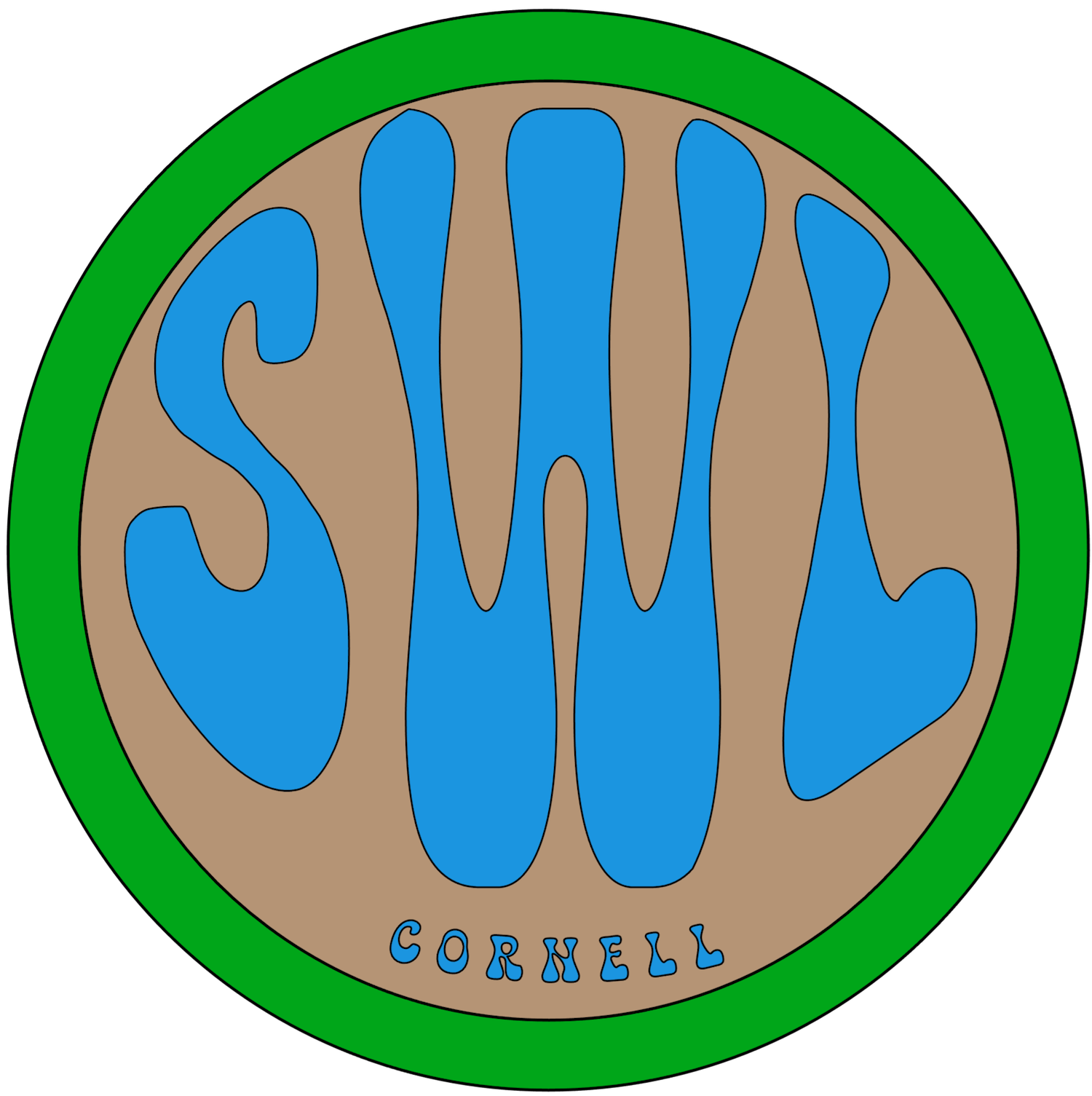Cortland

Cortland County provided a chance to develop a pattern for work in subsequent counties in the multi-year effort. Cornell investigators chose Cortland County for a pilot because of prior work with the area in ground water assessment, confidence in local agencies as partners, and the area’s high dependence on ground water. We began by enlisting the Cortland County Soil and Water Conservation District (SWCD) to provide local insight and to recommend private land owners to approach about sampling their wells. Having constructive working relations with both pesticide users and well owners, a County SWCD is an ideal partner in NY to engage a community in testing pesticide safety of drinking water. NYS DEC and Cornell personnel had consulted earlier with the NYS Soil and Water Conservation Committee about the general approach of voluntary well testing.
Cortland County’s population centers — the City of Cortland and surrounding Town of Cortlandville — depend completely on ground water for community and private water supply. Their aquifer was designated as Sole Source in 1988. The Homer-Preble aquifer extends north from the City of Cortland and similarly provides an abundant, easily tappable ground water supply. As in most of NY, rural houses have their own wells which may be in sand and gravel materials, or drilled into bedrock.
Cornell collected samples from 40 wells in June through December 2003. The Cortland County work was a trial run for the State’s pesticide laboratory. Detection limits for certain classes of pesticides were still rather high, contributing to the State lab’s finding of no residues above detection limits for 93 pesticide active ingredients. Newer HPLC/MS-MS instrumentation with the sensitivity and specificity necessary for this type of monitoring was on order by the laboratory but had not yet been received, thus contributing to the elevated detection limits. Additional tests done at Cornell using immunoassay tests found that half of the well samples had trace detections of atrazine herbicide, but at levels too low to quantify. These traces were less than the assay’s 0.1 µg/L (0.1 parts per billion) lower limit of quantitation, and thus less than 1/30th of drinking water standards. This assay is more sensitive than the State’s method but less quantitative, thus it is considered a screening method requiring confirmation when high concentrations are found.
Cornell also tested samples for nitrate via ion chromatography. Three wells yielded results above the national drinking water standard of 10 mg/L (as nitrogen), the highest containing 12.2 mg N/L. High nitrate in wells in this area is a recognized problem and may be from manure, agricultural fertilizer, or onsite wastewater disposal.
The original sampling was in 2003, and a few wells were resampled one time in 2009. Then we resampled wells four times in 2013. The only frequently detected analyte was metolachlor ESA, found in all seasonal 2013 samples from all wells except well Y1-17. There was no apparent seasonality in this analyte.
Fully detailed resampling results, with the original results from the same wells, are included in a PDF:
Nitrate results showed some declines from 2003 levels in most of the wells resampled, but were high enough that we provided all owners with a Cornell fact sheet:
Cortland County set the pattern that we continued in Schenectady County.


